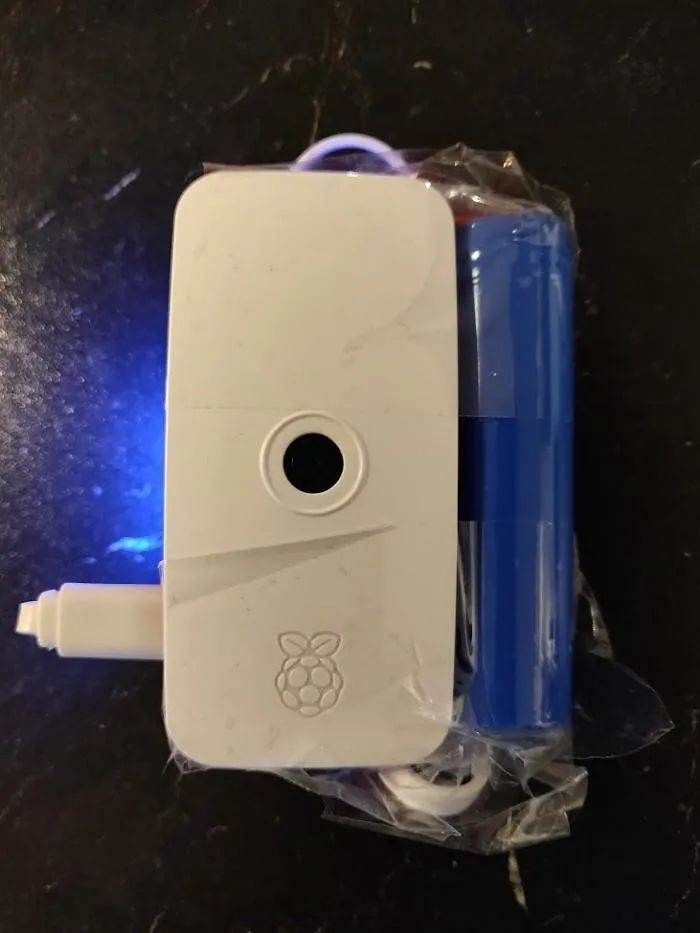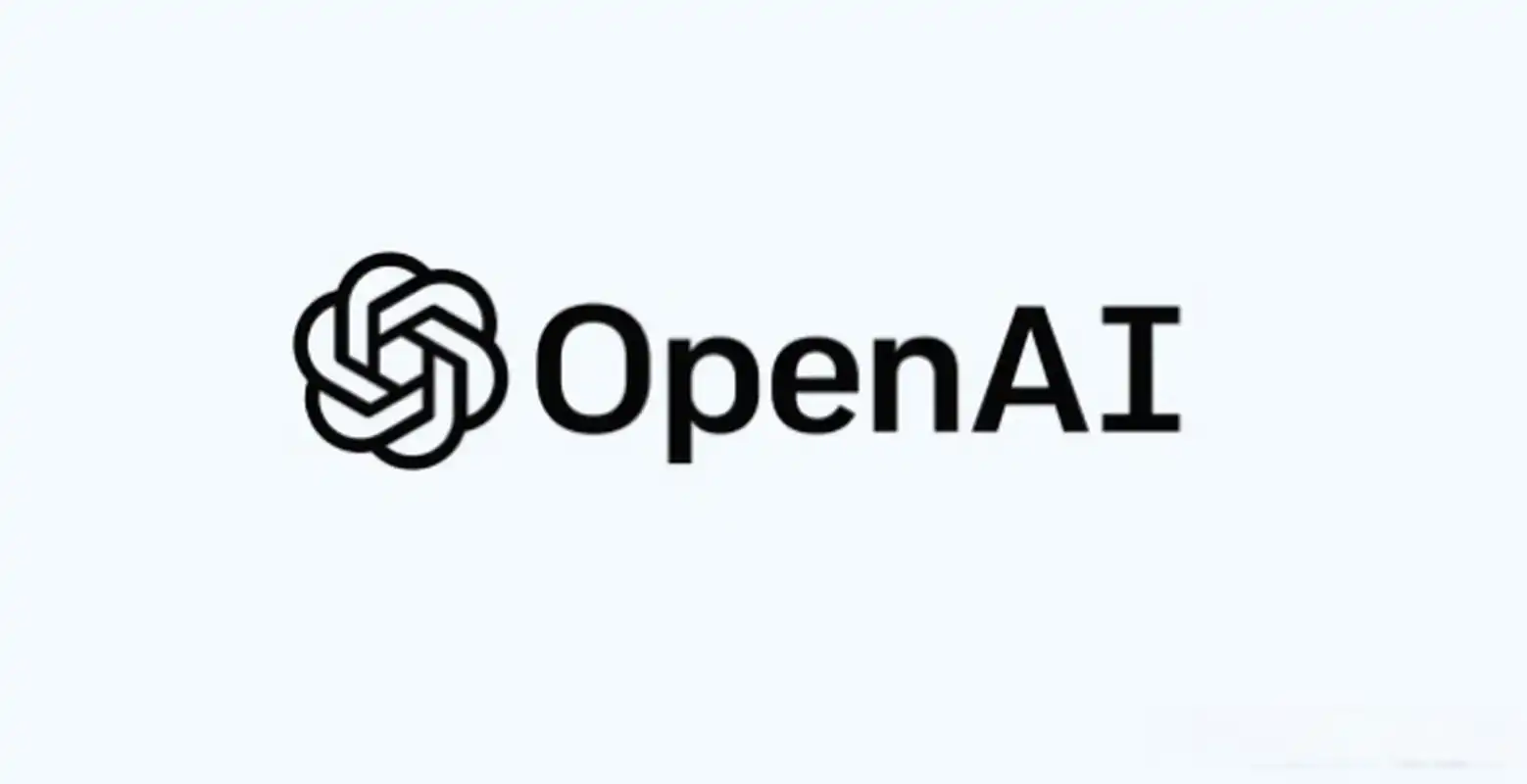程序员奶爸用 Tensorflow、树莓派 DIY 婴儿监护仪


以下为译文:

首先,告诉大家一个好消息,我当爸爸了!我不得不暂停一下我的项目来承担一些育儿的重任。
能够在任何带有廉价USB麦克风的廉价设备上运行,比如树莓派等。
能够检测到婴儿的哭声,并在宝宝开始哭或停止哭泣的时候通知我(最好通过手机);或者在宝宝哭的时候在仪表板上显示跟踪的数据点;或者执行任何我希望执行的任务。不仅仅是充当哑巴对讲机,将声音从源头传递到唯一的兼容设备上。
能够在任何设备上传输音频流,我自己的扬声器、我的智能手机、我的计算机等。
无论声源与扬声器之间的距离是多少,都能够正常工作,我不需要在房屋内移动扬声器。
配有摄像头,这样我就可以实时检查宝宝的状况;或者在宝宝哭的时候,我可以看到婴儿床的图片或简短的录像,以检查一切是否正常。

录制一些音频样本
[sudo]apt-get install ffmpeg lame libatlas-base-dev alsa-utils[sudo]pip3 install tensorflow
****List of CAPTURE Hardware Devices ****card1: Device [USB PnP Sound Device], device 0: USB Audio [USB Audio]Subdevices: 0/1Subdevice #0: subdevice #0card2: Device_1 [USB PnP Sound Device], device 0: USB Audio [USB Audio]Subdevices: 0/1Subdevice #0: subdevice #0

标记音频样本
~/datasets/sound-detect/audio-> sample_1-> audio.mp3-> labels.json-> sample_2-> audio.mp3-> labels.json...
{"00:00": "negative","02:13": "positive","04:57": "negative","15:41": "positive","18:24": "negative"}

生成数据集
gitclone git@github.com:/BlackLight/micmon.gitcdmicmon[sudo]pip3 install -r requirements.txt[sudo]python3 setup.py build install
micmon-datagen\--low 250 --high 2500 --bins 100 \--sample-duration 2 --channels 1 \~/datasets/sound-detect/audio ~/datasets/sound-detect/data
importosfrommicmon.audio import AudioDirectory, AudioPlayer, AudioFilefrommicmon.dataset import DatasetWriterbasedir= os.path.expanduser('~/datasets/sound-detect')audio_dir= os.path.join(basedir, 'audio')datasets_dir= os.path.join(basedir, 'data')cutoff_frequencies= [250, 2500]#Scan the base audio_dir for labelled audio samplesaudio_dirs= AudioDirectory.scan(audio_dir)#Save the spectrum information and labels of the samples to a#different compressed file for each audio file.foraudio_dir in audio_dirs:dataset_file = os.path.join(datasets_dir,os.path.basename(audio_dir.path) + '.npz')print(f'Processing audio sample{audio_dir.path}')with AudioFile(audio_dir) as reader, \DatasetWriter(dataset_file,low_freq=cutoff_frequencies[0],high_freq=cutoff_frequencies[1]) as writer:for sample in reader:writer += sample

训练模型
importosfromtensorflow.keras import layersfrommicmon.dataset import Datasetfrommicmon.model import Model#This is a directory that contains the saved .npz dataset filesdatasets_dir= os.path.expanduser('~/datasets/sound-detect/data')#This is the output directory where the model will be savedmodel_dir= os.path.expanduser('~/models/sound-detect')#This is the number of training epochs for each dataset sampleepochs= 2#Load the datasets from the compressed files.#70% of the data points will be included in the training set,#30% of the data points will be included in the evaluation set#and used to evaluate the performance of the model.datasets= Dataset.scan(datasets_dir, validation_split=0.3)labels= ['negative', 'positive']freq_bins= len(datasets[0].samples[0])#Create a network with 4 layers (one input layer, two intermediate layers andone output layer).#The first intermediate layer in this example will have twice the number ofunits as the number#of input units, while the second intermediate layer will have 75% of the numberof#input units. We also specify the names for the labels and the low and high frequencyrange#used when sampling.model= Model([layers.Input(shape=(freq_bins,)),layers.Dense(int(2 * freq_bins),activation='relu'),layers.Dense(int(0.75 * freq_bins),activation='relu'),layers.Dense(len(labels),activation='softmax'),],labels=labels,low_freq=datasets[0].low_freq,high_freq=datasets[0].high_freq)#Train the modelforepoch in range(epochs):for i, dataset in enumerate(datasets):print(f'[epoch {epoch+1}/{epochs}][audio sample {i+1}/{len(datasets)}]')model.fit(dataset)evaluation = model.evaluate(dataset)print(f'Validation set loss andaccuracy: {evaluation}')#Save the modelmodel.save(model_dir,overwrite=True)

使用模型进行预测
importosfrommicmon.audio import AudioDevicefrommicmon.model import Modelmodel_dir= os.path.expanduser('~/models/sound-detect')model= Model.load(model_dir)audio_system= 'alsa' # Supported: alsa andpulseaudio_device= 'plughw:2,0' # Get list of recognizedinput devices with arecord -lwithAudioDevice(audio_system, device=audio_device) as source:for sample in source:source.pause() # Pause recording while we process the frameprediction = model.predict(sample)print(prediction)source.resume() #Resume recording
[sudo]apt-get install redis-server[sudo]systemctl start redis-server.service[sudo]systemctl enable redis-server.service[sudo]pip3 install 'platypush[http,pushbullet]'
backend.http:enabled: Truepushbullet:token: YOUR_TOKEN
#!/usr/bin/python3importargparseimportloggingimportosimportsysfromplatypush import RedisBusfromplatypush.message.event.custom import CustomEventfrommicmon.audio import AudioDevicefrommicmon.model import Modellogger= logging.getLogger('micmon')defget_args():parser = argparse.ArgumentParser()parser.add_argument('model_path',help='Path to the file/directory containing the saved Tensorflow model')parser.add_argument('-i', help='Input sounddevice (e.g. hw:0,1 or default)', required=True, dest='sound_device')parser.add_argument('-e', help='Name of theevent that should be raised when a positive event occurs', required=True,dest='event_type')parser.add_argument('-s', '--sound-server',help='Sound server to be used (available: alsa, pulse)', required=False,default='alsa', dest='sound_server')parser.add_argument('-P','--positive-label', help='Model output label name/index to indicate a positivesample (default: positive)', required=False, default='positive',dest='positive_label')parser.add_argument('-N','--negative-label', help='Model output label name/index to indicate a negativesample (default: negative)', required=False, default='negative',dest='negative_label')parser.add_argument('-l','--sample-duration', help='Length of the FFT audio samples (default: 2seconds)', required=False, type=float, default=2., dest='sample_duration')parser.add_argument('-r', '--sample-rate',help='Sample rate (default: 44100 Hz)', required=False, type=int,default=44100, dest='sample_rate')parser.add_argument('-c', '--channels',help='Number of audio recording channels (default: 1)', required=False,type=int, default=1, dest='channels')parser.add_argument('-f', '--ffmpeg-bin',help='FFmpeg executable path (default: ffmpeg)', required=False,default='ffmpeg', dest='ffmpeg_bin')parser.add_argument('-v', '--verbose',help='Verbose/debug mode', required=False, action='store_true', dest='debug')parser.add_argument('-w','--window-duration', help='Duration of the look-back window (default: 10seconds)', required=False, type=float, default=10., dest='window_length')parser.add_argument('-n','--positive-samples', help='Number of positive samples detected over the windowduration to trigger the event (default: 1)', required=False, type=int,default=1, dest='positive_samples')opts, args =parser.parse_known_args(sys.argv[1:])return optsdefmain():args = get_args()if args.debug:logger.setLevel(logging.DEBUG)model_dir =os.path.abspath(os.path.expanduser(args.model_path))model = Model.load(model_dir)window = []cur_prediction = args.negative_labelbus = RedisBus()with AudioDevice(system=args.sound_server,device=args.sound_device,sample_duration=args.sample_duration,sample_rate=args.sample_rate,channels=args.channels,ffmpeg_bin=args.ffmpeg_bin,debug=args.debug) assource:for sample in source:source.pause() # Pause recording while we process the frameprediction = model.predict(sample)logger.debug(f'Sample prediction:{prediction}')has_change = Falseif len(window) < args.window_length:window += [prediction]else:window = window[1:] +[prediction]positive_samples = len([pred forpred in window if pred == args.positive_label])if args.positive_samples <=positive_samples and \prediction ==args.positive_label and \cur_prediction !=args.positive_label:cur_prediction =args.positive_labelhas_change = Truelogging.info(f'Positive samplethreshold detected ({positive_samples}/{len(window)})')elif args.positive_samples >positive_samples and \prediction ==args.negative_label and \cur_prediction !=args.negative_label:cur_prediction = args.negative_labelhas_change = Truelogging.info(f'Negative samplethreshold detected ({len(window)-positive_samples}/{len(window)})')if has_change:evt = CustomEvent(subtype=args.event_type,state=prediction)bus.post(evt)source.resume() # Resume recordingif__name__ == '__main__':????main()
mkdir-p ~/.config/platypush/scriptscd~/.config/platypush/scripts#Define the directory as a moduletouch__init__.py#Create a script for the baby-cry eventsvibabymonitor.pybabymonitor.py的内容如下:fromplatypush.context import get_pluginfromplatypush.event.hook import hookfromplatypush.message.event.custom import CustomEvent?@hook(CustomEvent,subtype='baby-cry', state='positive')defon_baby_cry_start(event, **_):pb = get_plugin('pushbullet')pb.send_note(title='Baby cry status',body='The baby is crying!')?@hook(CustomEvent,subtype='baby-cry', state='negative')defon_baby_cry_stop(event, **_):pb = get_plugin('pushbullet')pb.send_note(title='Baby cry status',body='The baby stopped crying - good job!')
mkdir-p ~/.config/systemd/userwget-O ~/.config/systemd/user/platypush.service \https://raw.githubusercontent.com/BlackLight/platypush/master/examples/systemd/platypush.servicesystemctl--user start platypush.servicesystemctl--user enable platypush.service
~/.config/systemd/user/babymonitor.service[Unit]Description=Monitorto detect my baby's criesAfter=network.targetsound.target[Service]ExecStart=/home/pi/bin/micmon_detect.py-i plughw:2,0 -e baby-cry -w 10 -n 2 ~/models/sound-detectRestart=alwaysRestartSec=10[Install]WantedBy=default.target
systemctl--user start babymonitor.servicesystemctl--user enable babymonitor.service

婴儿摄像头

[sudo]pip3 install 'platypush[http,camera,picamera]'camera.pi:listen_port: 5001
wgethttp://raspberry-pi:8008/camera/pi/photo.jpghttp://raspberry-pi:8008/camera/pi/video.mjpgmkdir-p ~/.config/platypush/scriptscd~/.config/platypush/scriptstouch__init__.pyvicamera.py?
fromplatypush.context import get_pluginfromplatypush.event.hook import hookfromplatypush.message.event.application import ApplicationStartedEvent@hook(ApplicationStartedEvent)defon_application_started(event, **_):cam = get_plugin('camera.pi')cam.start_streaming()
vlctcp/h264://raspberry-pi:5001原文:https://towardsdatascience.com/create-your-own-smart-baby-monitor-with-a-raspberrypi-and-tensorflow-5b25713410ca
本文为 CSDN 翻译,转载请注明来源出处。

更多精彩推荐
?华为定义5.5G网络;阿里巴巴美股投资者发起集体诉讼;Kaldi核心算法K2 0.1版本发布|极客头条
点分享 点点赞 点在看
关注公众号:拾黑(shiheibook)了解更多
[广告]赞助链接:
四季很好,只要有你,文娱排行榜:https://www.yaopaiming.com/
让资讯触达的更精准有趣:https://www.0xu.cn/
 关注网络尖刀微信公众号
关注网络尖刀微信公众号随时掌握互联网精彩
赞助链接
排名
热点
搜索指数
- 1 中央经济工作会议在北京举行 7904175
- 2 紧急提醒:请在日中国公民进行登记 7808928
- 3 中央定调明年继续“国补” 7712205
- 4 “九天”无人机成功首飞 7617530
- 5 断崖式降温!今冬最强寒潮来了 7522949
- 6 中央经济工作会议释信号:3件事不做 7427277
- 7 中国“空中航母”首飞成功 7332454
- 8 电子体温计没水银体温计准?医生解答 7232302
- 9 人民空军中日双语发文:大惊小怪 7136546
- 10 寒潮来袭 “速冻”模式如何应对 7045231










 CSDN
CSDN







